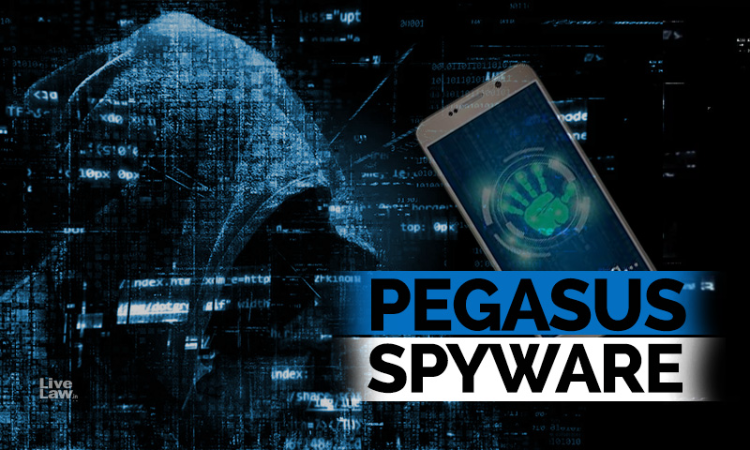Pegasus Spyware Scandal: Laws on Surveillance and Phone-Tapping
Mayank Labh
6 Aug 2021 11:41 AM IST

The controversy surrounds the utilisation of Pegasus spyware by the government to snoop on eminent persons from different walks of life.
Next Story
6 Aug 2021 11:41 AM IST
